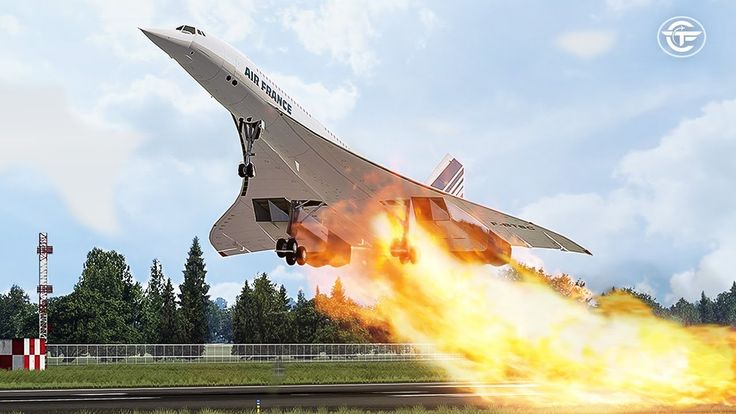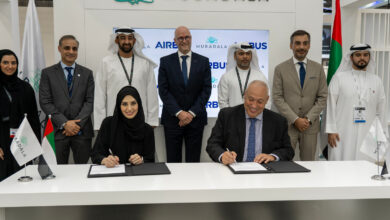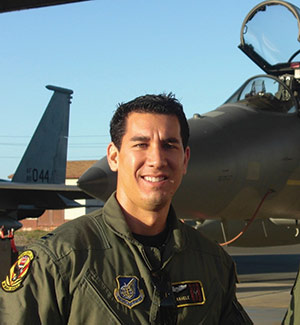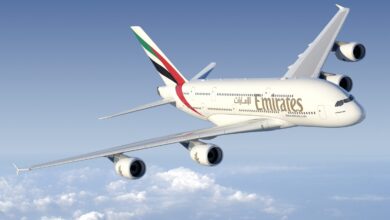Remembering Air France Flight 4590 Concorde Supersonic Aircraft

It’s exactly 22 years today since the crash of Air France Concorde aircraft. Air France Flight 4590 was an international charter flight of Air France, from Charles de Gaulle Airport Paris, to John F. Kennedy International Airport, New York, flown by an Aérospatiale-BAC Concorde. On the afternoon of Tuesday, 25 July 2000, at 16:44:31 local time (UTC 14:44:31), the aircraft serving the flight (registration F-BTSC) ran over debris on the runway during takeoff, blowing a tyre, which threw chunks of tyre into the underside of the left wing and into the landing gear bay with great force.
The fuel tank built inside the left wing was full, with almost no ullage. When the tyre fragments struck the wing, the tank ruptured, thereby releasing large quantities of fuel. Tyre fragments severed wiring in the landing gear bay, preventing retraction of the landing gear. Fuel from the ruptured tank ignited, causing a loss of thrust in engines 1 and 2. Lack of thrust, high drag from the extended landing gear, and fire damage to the flight controls made it impossible to control the aircraft, which crashed into a hotel in nearby Gonesse two minutes after takeoff. All 109 people on board were killed, alongside four in the hotel. Six other people in the hotel were critically injured.
The flight was chartered by German company Peter Deilmann Cruises. The passengers were on their way to board the cruise ship MS Deutschland in New York City for a 16-day cruise to Manta, Ecuador. It was the only fatal Concorde accident during its 27-year operational history.
The aircraft involved was a 25-year-old Aérospatiale-BAC Concorde (registration F-BTSC, serial number 203) that had its maiden flight on 31 January 1975 (during testing, the aircraft’s registration was F-WTSC). The aircraft was purchased by Air France on 6 January 1976. It was powered by four Rolls-Royce Olympus 593/610 turbojet engines, each of which was equipped with afterburners. The aircraft’s last scheduled repair had taken place on 21 July 2000, four days before the accident; no problems were reported during the repair. At the time of the crash, the aircraft had flown for 11,989 hours and had made 4,873 take-off and landing cycles.
The cockpit crew consisted of Captain Christian Marty a 53 year old who had 13,477 flight hours, including 317 hours on the Concorde, First officer Jean Marcot a 50 year old who had 10,035 flight hours, with 2,698 of them on the Concorde and a 58 year old Flight engineer Gilles Jardinaud who had 12,532 flight hours, of which 937 were on the Concorde aircraft. All the passengers and crew, and four employees of the Hotelissimo hotel were killed in the crash. The passengers, most of whom were German tourists en route to New York for a cruise, included German football manager Rudi Faßnacht and German trade union member Christian Götz.
Until the crash, Concorde had been considered among the world’s safest aircraft. The crash was a direct cause of the end of the model’s career. A few days after the crash, all Air France Concordes were grounded, pending an investigation into the cause of the crash and possible remedies.
The official investigation was conducted by France’s accident investigation bureau, the Bureau of Enquiry and Analysis for Civil Aviation Safety (BEA) and the final report was issued on 16 January 2002. In the report, BEA concluded the following;
- The aircraft was overloaded by 810 kilograms (1,790 lb) above the maximum safe takeoff weight. Any effect on takeoff performance from this excess weight was negligible.
- After reaching takeoff speed, the tyre of the number 2 wheel was cut by a metal strip (a wear strip) lying on the runway, which had fallen from the thrust reverser cowl door of the number 3 engine of a Continental Airlines DC-10 that had taken off from the same runway five minutes previously.
- The aircraft was airworthyand the crew were qualified. The landing gear that later failed to retract had not shown serious problems in the past. Despite the crew being trained and certified, no plan existed for the simultaneous failure of two engines on the runway, as it was considered highly unlikely.
- Aborting the takeoff would have led to a high-speed runway excursion and collapse of the landing gear, which also would have caused the aircraft to crash.
- While two of the engines had problems and one of them was shut down, the damage to the plane’s structure was so severe that the crash would have been inevitable, even with the engines operating normally.
The crash of the Air France Concorde proved to be the beginning of the end for the type. Just before service resumed, the September 11 attacks took place, resulting in a marked drop in passenger numbers, and contributing to the eventual end of Concorde flights. Air France stopped flights in May 2003, followed by British Airways five months later.





